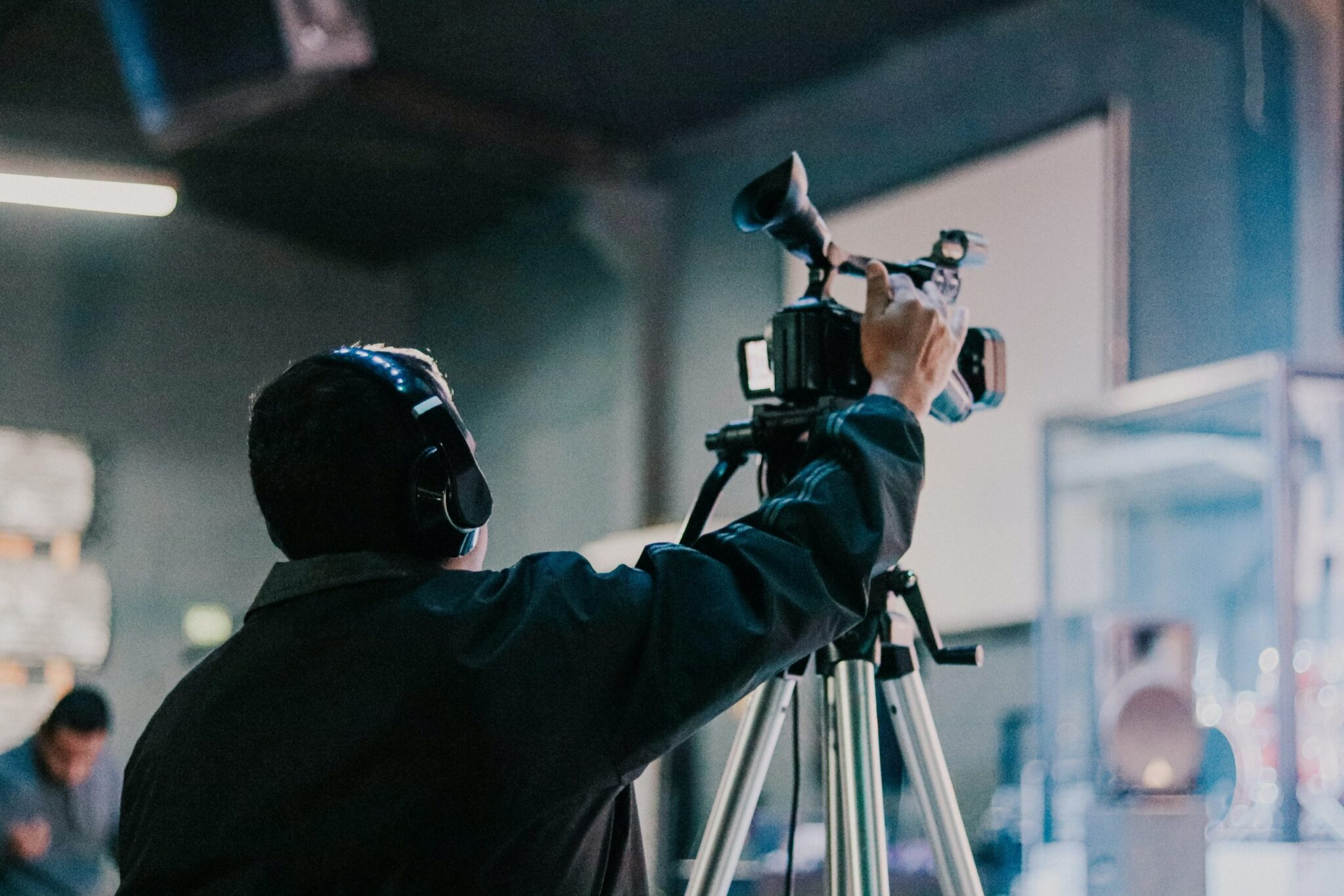The use of Artificial Intelligence, commonly referred to as AI, is growing at an unprecedented pace. The AI market is projected to grow to $312.4B USD by 2027, according to ReportLinker.
It’s critical for businesses to keep up-to-date on the latest trends to determine where they can incorporate this technology to not only increase efficiency, but keep up with the competition. AI has been a game-changer, swiftly penetrating nearly every area of our lives and offering businesses a higher level of productivity. The rising number of connected devices and the Internet of Things (IoT) are the main factors driving this market growth.
Business operations have been transformed. Through better data collection and predictive models, business leaders can understand their consumers on a more granular level. Personalization is now becoming expected and security levels are increasing through the transition to facial recognition technology. AI tools are being applied to nearly every industry, including banking, healthcare and e-commerce, but the media and entertainment industry is emerging as a notable adopter.
The growing trend of AI in media
AI has already shown its face in the music industry through the creation of musical compositions. Now, AI is on track to change the way in which TV entertainment is consumed.
According to PwC’s Entertainment & Media Outlook, the US media industry is set to reach a whopping $759B USD by 2021. With more people staying home and switching on their streaming services, COVID-19 has catalyzed the adoption. AI is being used in media and entertainment in many ways.
The adoption of AI in media and entertainment
Media professionals have suddenly caught on to the ‘hype’ of AI, and it’s now increasingly rearing its head into solving challenges in the media industry. Multinational mass media and entertainment conglomerate Warner Bros is just one example of a media giant now using technology to manage its films and budgets.
AI is used to expedite repetitive tasks, streamline captioning, filter and distribute news, and much more, leaving more time for creators to spend on actually creating.
AI in the media is filtering fake news
The internet is teeming with ‘fake news’, making it increasingly difficult for consumers to identify fact from fiction. However, the future is bright. Deep learning AI tools can now be used to both source and fact check a story in order to identify ‘fake news’.
One example is Google’s Search Algorithm update in 2017, which was designed to put a stop to the spread of fake news and hate speech. The University of Michigan also developed an AI approach to accurately spot fake news stories 76% of the time. Websites are fed into an intelligent algorithm to scan the sources and predict the most accurate and trustworthy versions of stories. The more websites that are ‘fed’ into the algorithm, the more accurate it becomes as it continuously ‘learns’ over time. While this technology isn’t 100% accurate (yet), it’s certainly a step in the right direction.
AI in the media industry is used to increase efficiency
Artificial intelligence in media is now increasingly being used as a tool to alleviate tedious tasks and enable journalists and entertainment creators to work more efficiently. For example, many media companies are now using Verbit’s automatic-speech-recognition (ASR) technology to caption their videos, including live broadcasts in real-time. Verbit’s in-house media transcription and captioning streamlines a once time-consuming process, allowing producers to save money and time on the laborious task of captioning and allowing for more time to be creative.
These tools can also be utilized by media producers by providing them with transcripts of everything that was said in show tapings and interview recordings. This functionality allows them to meet mandatory FCC compliance, but also serves as legal proof of interview statements to avoid potential lawsuits.
Verbit’s leadership recently spoke at The NAB Show on how AI can streamline captioning and transcription and reach more viewers. Click here to watch this explainer video on-demand.
Automating news distribution with AI
Broadcasters are always on the lookout for ways to save money and improve efficiency. Automating news production has been the latest answer to reducing costs, while also increasing viewership.
Journalists can now use AI in media production processes. They can gather content and understand data pools, as well as compose and distribute media at the click of a button in what is becoming known as ‘automated journalism.’ Algorithms are being used to produce stories at scale. Structured data on sports games and financial earnings, for example, can be transformed into news texts with little to no human intervention.
The personalization of news is one way AI is being utilized. Machine learning offers possibilities to understand a user’s preferences and deliver more engaging content. This technology is also used to break news to your mobile device’s lock screen.
Intelligent notifications, also known as ‘recommender systems’, optimize the content you’re exposed to based on your individual preferences. Like most technologies, recommender systems are neither inherently good nor bad, but the subject has been cause for debate.
Artificial intelligence in social media
Artificial intelligence in social media has many use cases, playing a fundamental role in how social media functions. For example, Facebook can recognize faces in photos and use automated retargeting to bring up ads for products you were recently looking at.
It’s no secret that Facebook uses advanced machine learning for almost every aspect of its platform to enhance your user experience and its profit. LinkedIn uses similar technology to offer relevant job recommendations, while Snapchat and Instagram use computer vision and AI to overlay filters that move with your face in real-time.
Other examples of artificial intelligence in social media include:
- Social creation and management: auto-generating social media content across channels (including hashtags and shortened links)
- Social insights – analyzing posts at scale and extracting user insights
- Social media ads – writing optimized Facebook and Instagram ads for you, using AI tech to predict, at scale, content that is optimized for clicks, conversions and language preferences
Artificial intelligence is continuously evolving and sweeping the media and entertainment industry, working behind the scenes to increase efficiency and bring personalization to a whole new level. In today’s competitive climate, media outlets need to embrace and implement AI tools.






